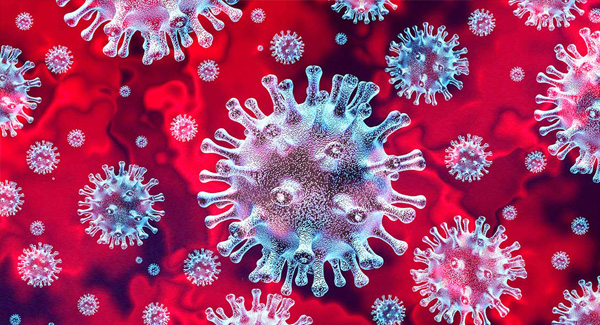How Doctors Predict the Course of RA
Knowing whether you’ll have a mild or severe form of the disease is the key to getting the right treatment.
Linda Rath
Many people with RA start out with relatively minor symptoms. Are there ways to predict which of them will go on to develop severe disease?
“This is something rheumatologists do every day with every RA patient,” says Brian Golden, MD, a rheumatologist at NYU Langone Health in New York City.
Some predictors that doctors use seem fairly obvious, such as the degree of morning stiffness or the number of swollen joints. While these symptoms may just indicate the severity of a flare, some doctors still believe they are important factors when tracking disease severity. Other predictors include new, more comprehensive biomarker tests. Also, there is some new thinking about what drives RA.
Physical Exam Findings
John Davis III, MD, a rheumatologist at Mayo Clinic in Minnesota, studies how to improve the clinical assessment of patients with RA. He says identifying tender and swollen joints is important, but doctors look for more, including subcutaneous nodules. These painless growths form just below the skin, usually near pressure points. A 2015 study in Clinical Rheumatology found they occur in 30 to 40 percent of people with RA at some point and generally indicate severe disease, rapid joint destruction and an increased risk of heart problems. Nodules can also form in your lungs, heart and eyes.
The interesting thing about non-joint nodules is that not all of them are indicative of severe disease. For example, nodules in the lungs are associated with disease severity, while those in the heart are apparently not.
Serologic Markers
These are markers of body-wide inflammation that can be measured with simple blood tests. They can help diagnose and predict the severity of RA when combined with other tests and clinical symptoms.
- Erythrocyte sedimentation rate (ESR) and C-reactive protein (CRP). These proteins increase or decrease depending on the amount of inflammation. A high level indicates more inflammation in your body and usually more-severe disease. For example, people with mild RA might have an ESR of 20 to 30, whereas an ESR of 50 to 80 is common in people with severe symptoms.
- Anti-citrullinated protein antibodies (ACPA; sometimes referred to as anti-cyclic citrullinated peptides or anti-CCP). Your immune system makes these antibodies. They’re more specific for RA than rheumatoid factor (RF), another autoantibody that’s often measured. Not everyone with RA tests positive for anti-CCP, but those who do usually have a more severe disease course with frequent flares-ups and less chance of remission.
- Multi-biomarker tests. These relatively new test (such as the Vectra DA) measure different RA biomarkers and combine them in a single score. Dr. Golden says that patients with a high score who aren’t treated will have more inflammatory damage than those with a lower score.
X-rays and Imaging Tests
X-rays and MRIs look for bone loss (also called bone erosion) that can occur throughout the body. Bone loss can start early in RA and is a known predictor of future joint damage and severe disease.
The joint lining (synovium) is the main site of inflammation in RA. Doctors use musculoskeletal ultrasound to measure the extent of this inflammation (synovitis) because it can accurately predict progressive joint damage.
Lifestyle Factors
These are some common risk factors for developing RA that also fuel ongoing inflammation.
- Smoking. Smokers are far more likely than nonsmokers to have disease progression and treatment failures. Some researchers believe that smoking not only makes RA worse, it may cause it in the first place. The theory is that smoking triggers anti-CCP autoantibodies (against citrullinated proteins) in people who have a genetic propensity to RA. This, in turn, sets the autoimmune process in motion. Anti-CCPs show up in the bloodstream long before patients develop RA symptoms.
- Gum disease. Many studies have linked gum disease-causing bacteria to RA. In 2016, for example, Johns Hopkins researchers reported that a type of bacteria found in severe periodontal disease damages immune system cells called neutrophils by punching holes in them. This drives the production of citrullinated proteins, which, as with smoking, triggers an autoimmune response.
The bacteria have a name that is difficult to pronounce: Aggregatibacter actinomycetemcomitans (Aa for short). The researchers say close to half the RA patients in their study had Aa, compared to about 11 percent of people without RA. Of note: In a 2018 study published in Science Translational Medicine, Dutch researchers report they weren’t able to replicate the Hopkins study. There could be many reasons for this. One is that Aa may not be the real culprit. The bacteria Porphyromonas gingivalis, for example, has also been linked to both gum disease and RA.
Diagnosed With Rheumatoid Arthritis?
Get the latest news and tips about living with Rheumatoid Arthritis in the Living Your Yes! e-newsletter.



